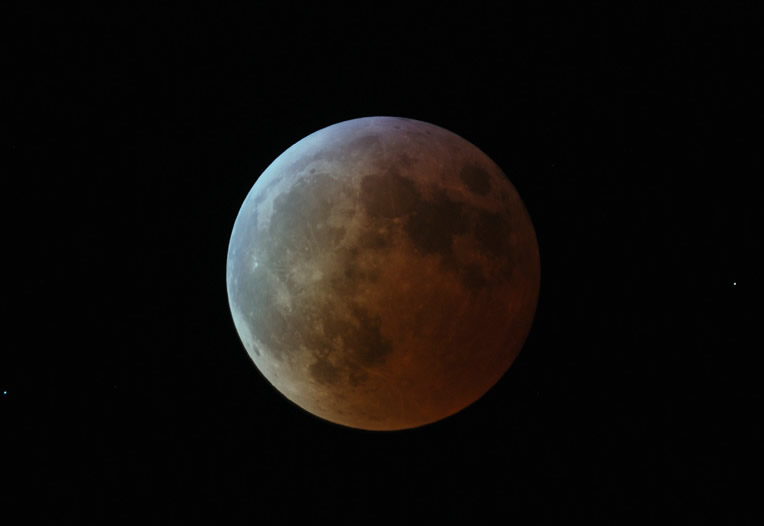Curiously, even though the Babylonians reported many details of celestial phenomena, the astrologers of Babylon are said not to have relied on actual observations.
According to a leading expert, “The existence of Babylonian omens for eclipses beginning and clearing in all four directions, or areas of the moon, despite the fact that a lunar eclipse will never begin on the western edge of the moon, indicates a lack of concern with observational veracity in favor of schematic order.”1
But there is another explanation that makes more sense of what the Babylonian astrologers were up to.
A World Turned Upside Down
Herodotus cited an Egyptian sage as saying that the sun had shifted from rising in the east to rising in the west, then back for a total of four times.2 Other ancient peoples had mythical accounts of the sun shifting the locations of its rise and setting. These and other pieces of evidence are explained by Immanuel Velikovsky in his Worlds in Collision as a consequence of the approach of the planet/comet Venus (after emerging from Jupiter) to Earth and the discharge from it of a gigantic bolt of electricity that struck the Earth and interacted with the geomagnetic field, causing the Earth to turn over in space. Relying on ancient myths and other evidence, Velikovsky argues that the approaches of Venus took place on a 52-year cyclical basis.
Newly interpreted evidence (see Jupiter, Venus, and Velikovsky) now shows that Velikovsky’s account was correct in its essentials, though he erred on various peripheral points. For instance, Venus appears to have been pulled by Jupiter’s gravity from the outer solar system into the inner solar system. His hypothesized giant bolts of electricity as the cause of the Earth turning over seem much less likely than the interaction of the gravitational fields of Venus and Earth upon particularly close encounters. Still, Velikovsky was a great scientist who made important contributions.
A Threatening Omen
In the two periods when the Earth was “upside down”, during a lunar eclipse its shadow would have impinged on the Moon starting from the west. We can well understand that the Babylonian astrologers would have considered this a remarkable, threatening omen at these times as well as when it was read in the following centuries. But their accounts of it would have been very factual—not at all “schematic” or “counterfactual”. And so we must revise our interpretation of the relationship between Babylonian astrology and astronomical observations.
What seems to have happened here is that experts on Babylonia have trusted the astronomers who, in the years since the publication of Velikovsky’s Worlds in Collision in 1950, have thoroughly denigrated this brilliant but not always correct scientific theorist. So much so, that the researchers on Babylonia, many of whom are Semitic linguists, have not considered it necessary to read Velikovsky themselves and are not even aware of the evidence that the Earth repeatedly turned over. If they had read Velikovsky and cited him, adducing evidence that somehow he was wrong, it would be a different story. However, they trusted the astronomers without checking for themselves.
So the very evidence cited by experts on Babylonian astrology to deny that it had any relationship to real celestial events appears to demonstrate the opposite. It also becomes one more piece of evidence demonstrating the accuracy of the ancient accounts and of Velikovsky’s claim that the world turned upside down.3 Related examples include the original orientation of the temple at Karnak toward the Western-Rising Sun and changes in the configuration of Stonehenge in response to inversions.
Clearly, whenever there is a hint of Scientific Rejectionism (and the Velikovsky case reeked of it), one must check for oneself to verify the conclusions of colleagues. This case shows how Scientific Rejectionism can lead to further errors in both science and history.
*****
Kenneth J. Dillon is an historian who writes on science, medicine, and history. See the biosketch at About Us. For further detective work on ancient and modern history, see his The Knowable Past (Washington, D.C.: Scientia Press, 2018).

